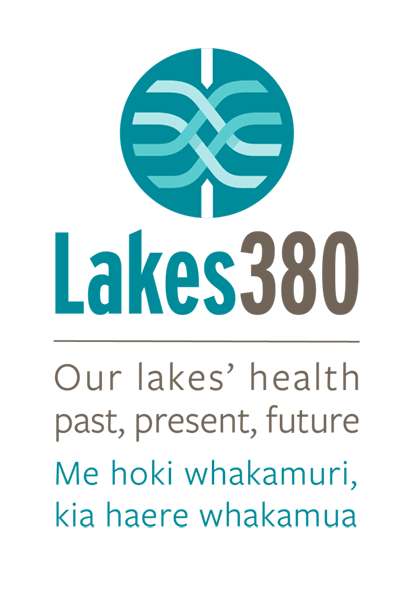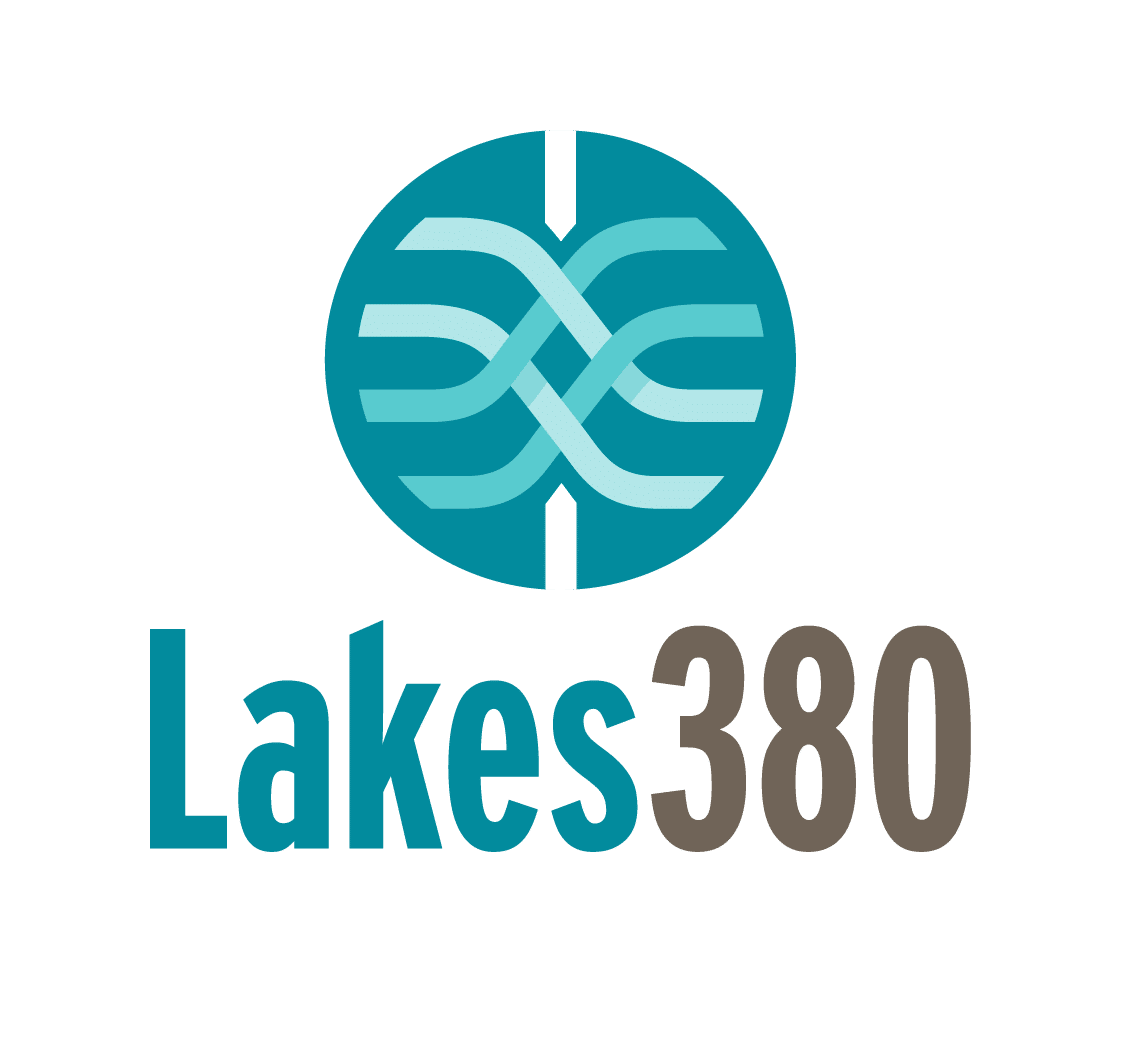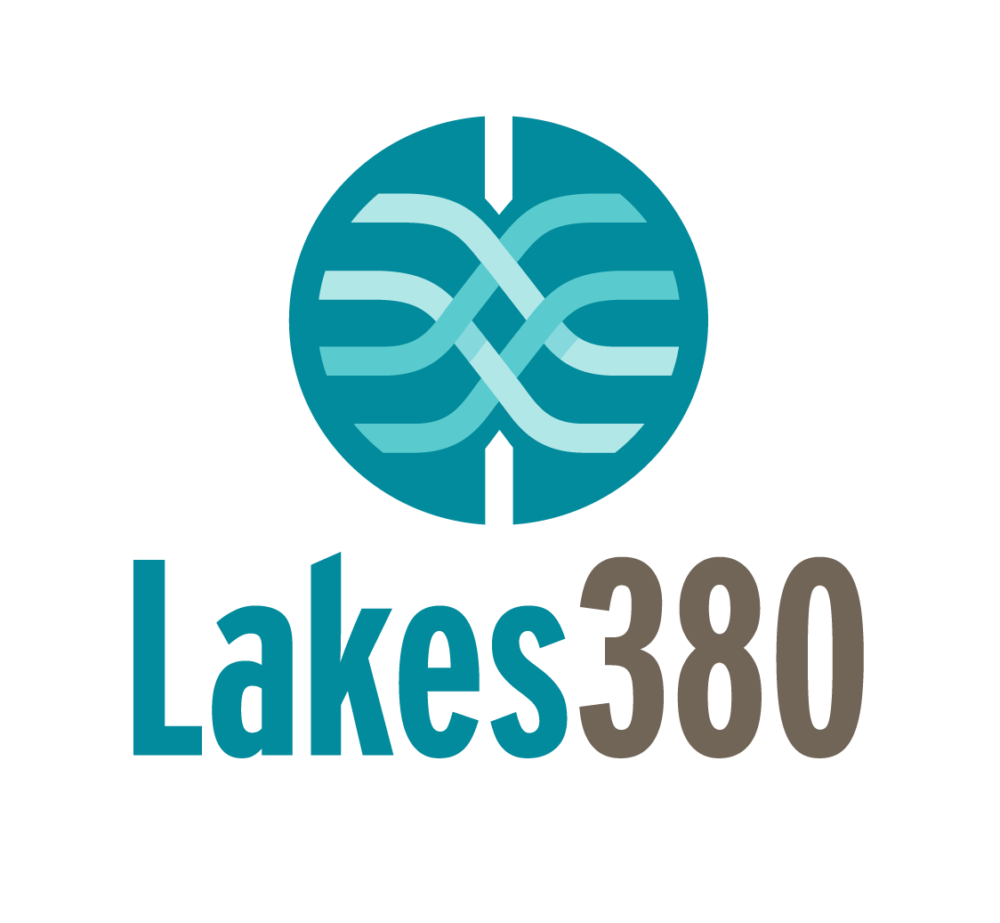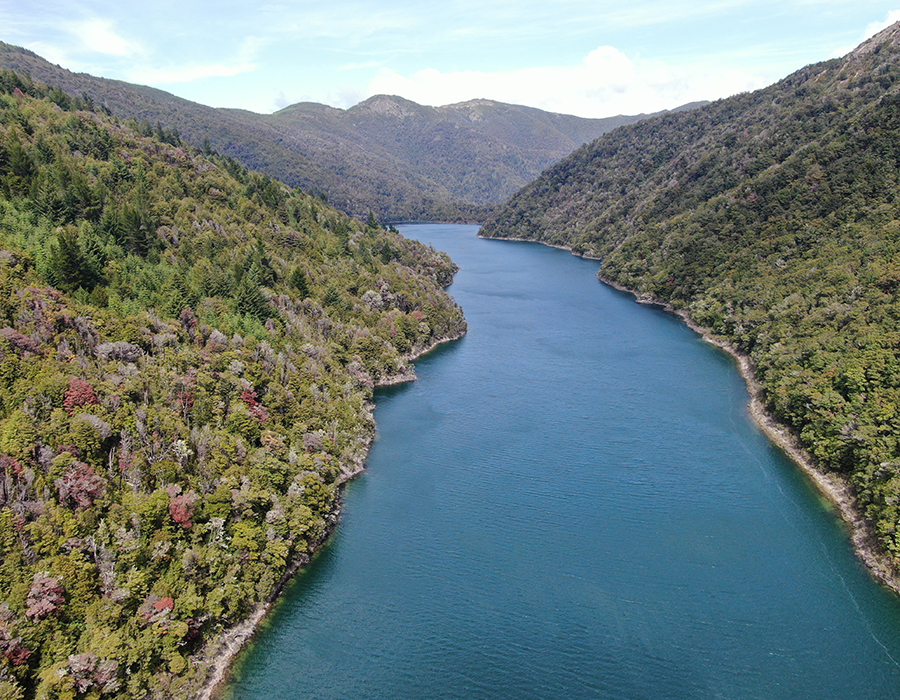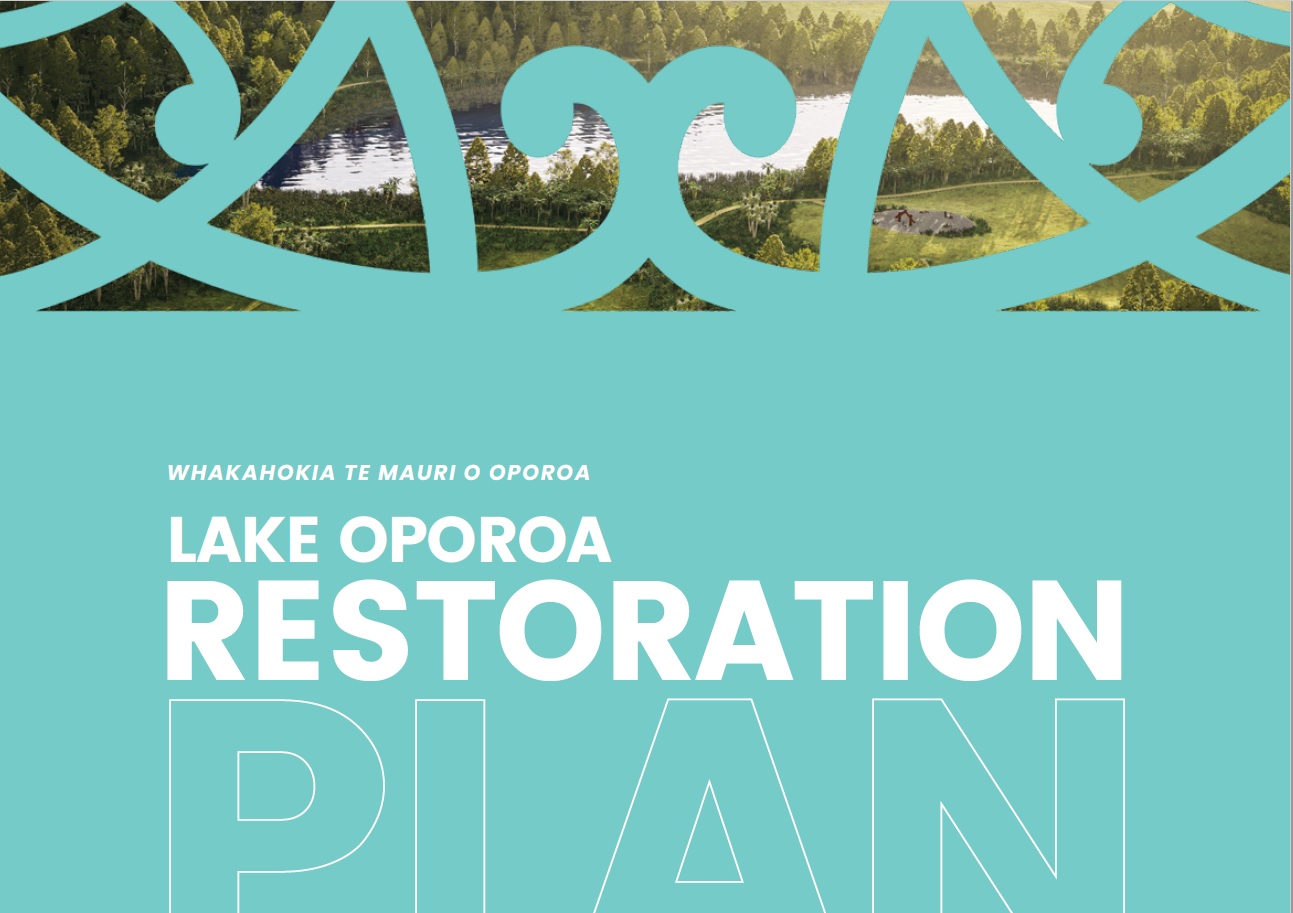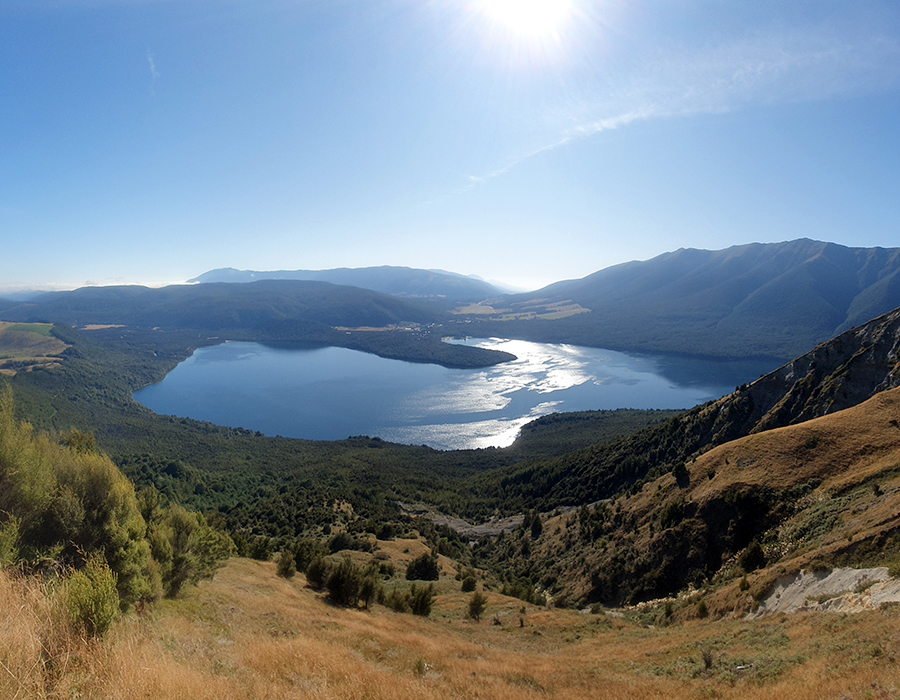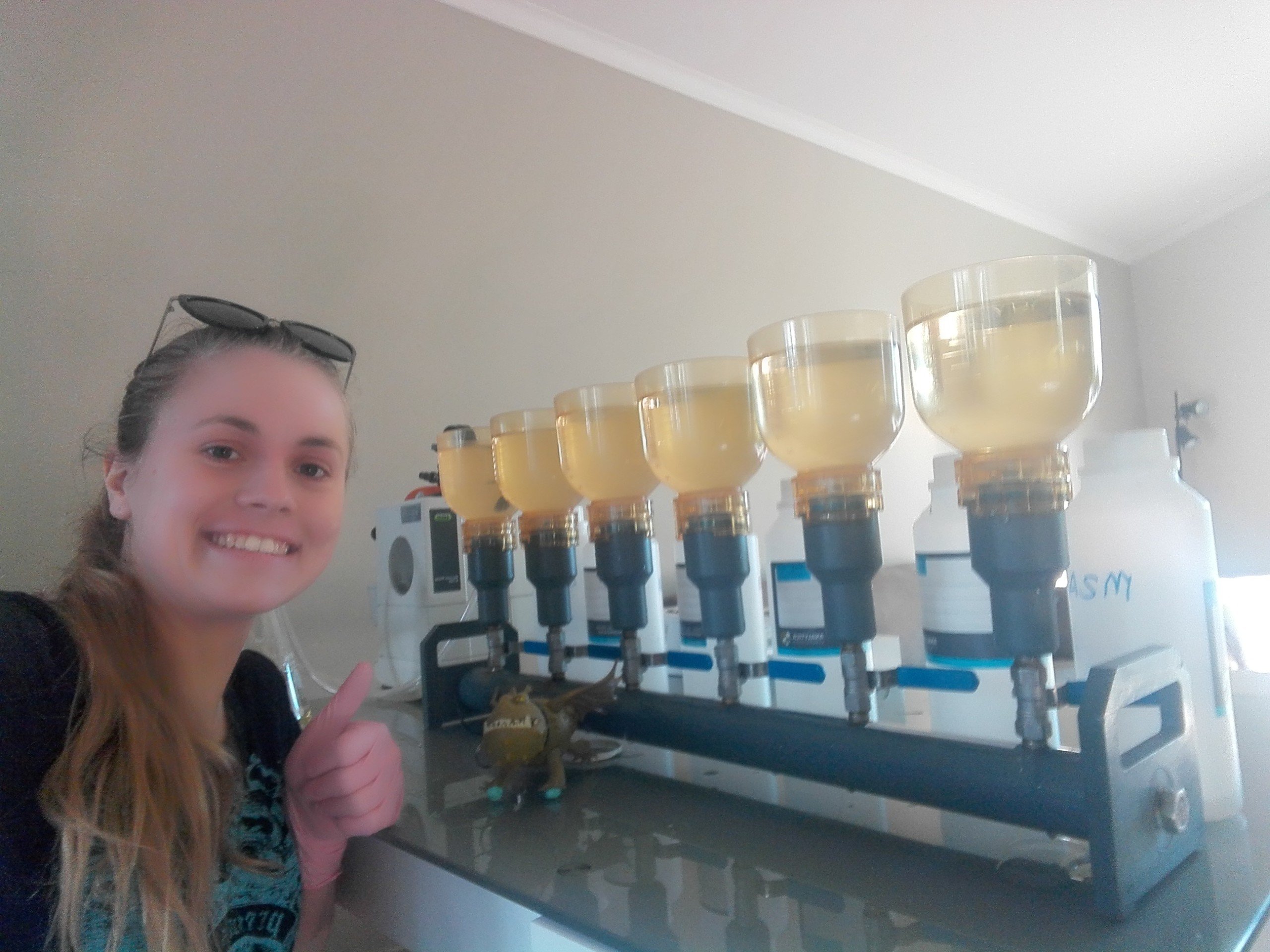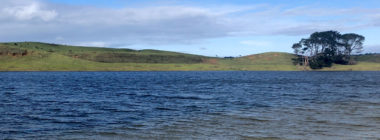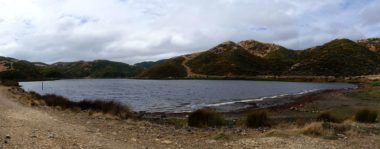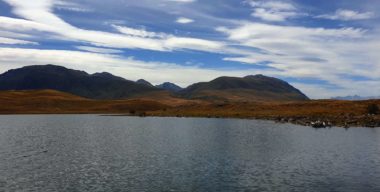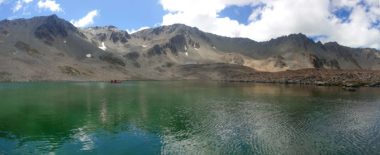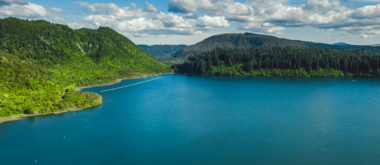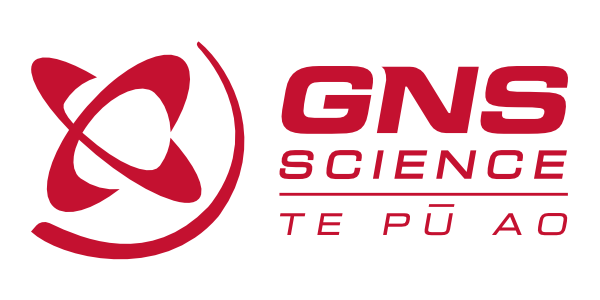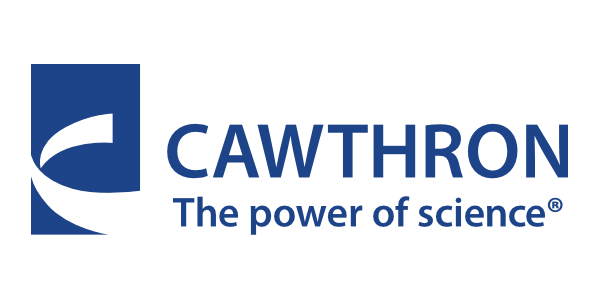Blog by Lizette Reyes, Lab and Field Technician (GNS Science)
I have been to a few Lakes380 fieldwork since 2018 and being part of the awesome and hardworking field team in North Canterbury is one of the highlights of my year. This tri pwas memorable for me because this was my first time to explore this eye-catching side of Aotearoa, we got to core and sample the 250th lake (YAHOO!) and I celebrated my birthday together with Sean Waters.
The team have managed to collect 41 cores and numerous amounts of water and surface sediment samples from 11 lakes located around Hurunui, Blenheim and Marlborough.
We were very fortunate to have good weather for most of our time in the field, but we still got the occasional showers and windy days too. Because of this, the initial field itinerary was not followed but it is very amazing how the team, especially Susie and Marcus, made it work.
I travelled with Marcus and Reece by ferry from Wellington to Picton on Sunday morning and Marcus drove us at our base in Hurunui where we met the rest of the crew: Susie, Sean and Jamie. We were also accompanied by David and Celeste from Waikato University who I have met for the first time and hope to see again soon. They collected surface water samples and have taken gorgeous images and drone footages of the lakes during our time in North Canterbury. Once we got to the cottages, we started to unpack and prepare the field gear we needed for the next day. We ended the night by sharing a nice meal together outside our accommodation that prepared us for the busy week ahead.
Early Monday morning, on our first field day, we were supposed to go to Lake Marion by helicopter but due to strong winds, we had to sample Horseshoe Lake first instead. This is the 250th lake sampled for the project (YAY!). As the wind eased down, we managed to collect cores, surface sediments, water samples (and funny videos) from Lake Marion in the afternoon.
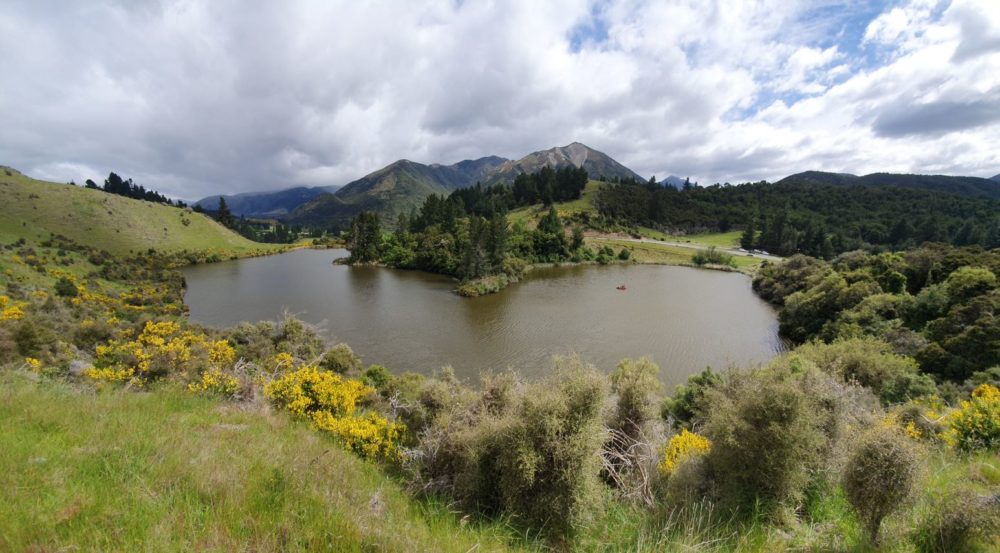
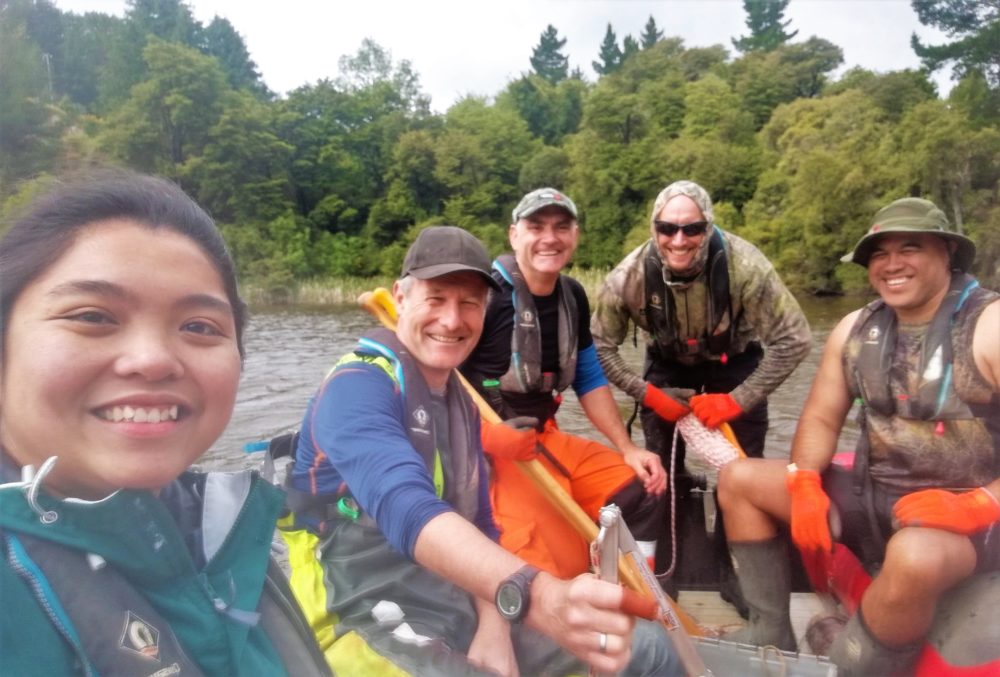
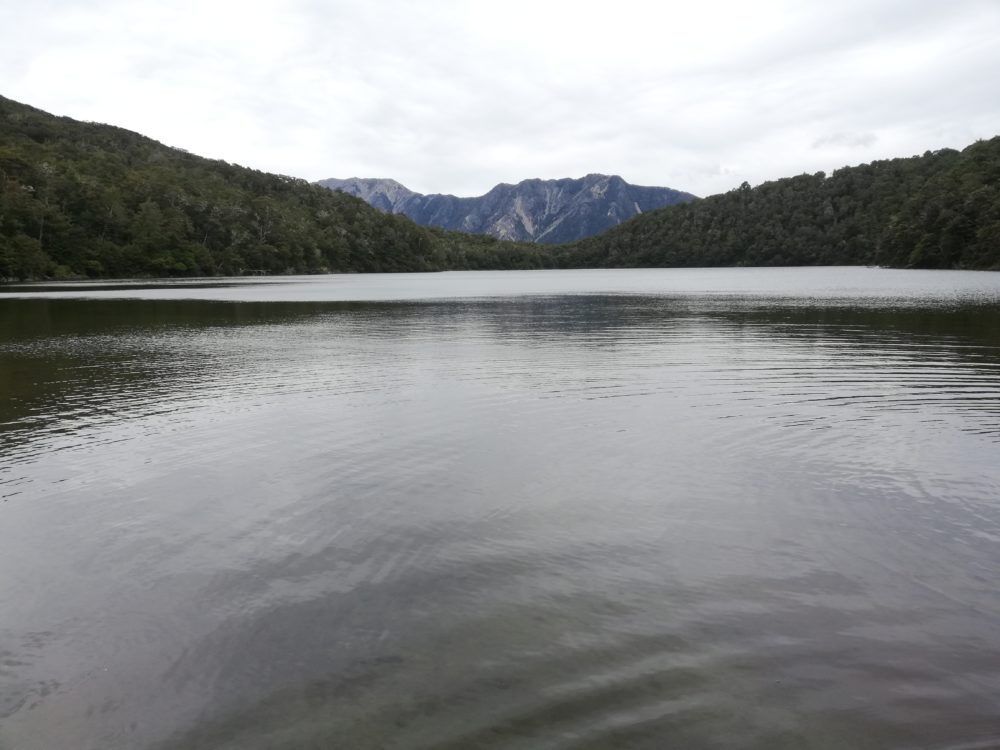
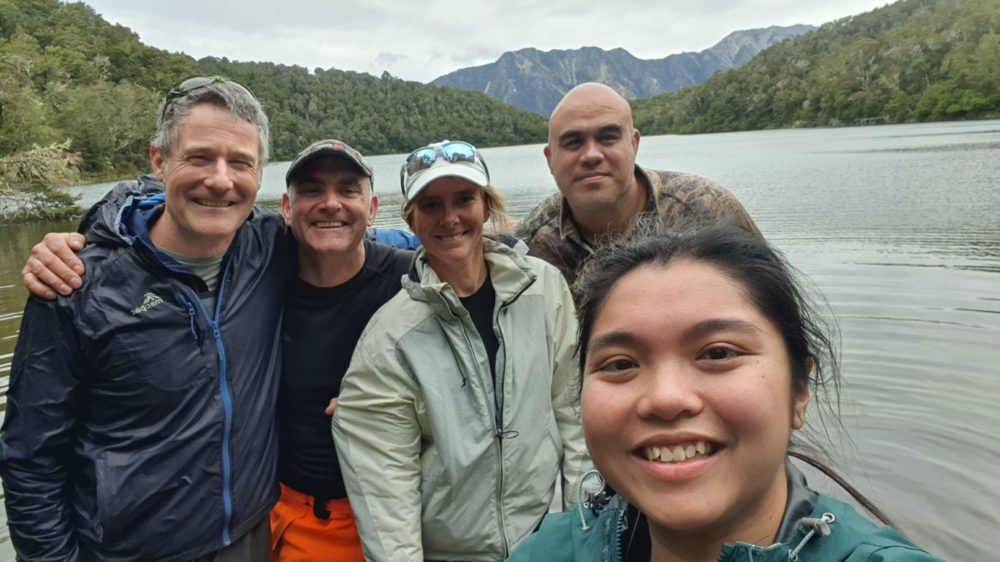
After a successful day in the field, Sean and myself celebrated our birthdays together with the team (what are the odds that 2 people who are in the same fieldtrip have the same birthdays – AMAZING!).
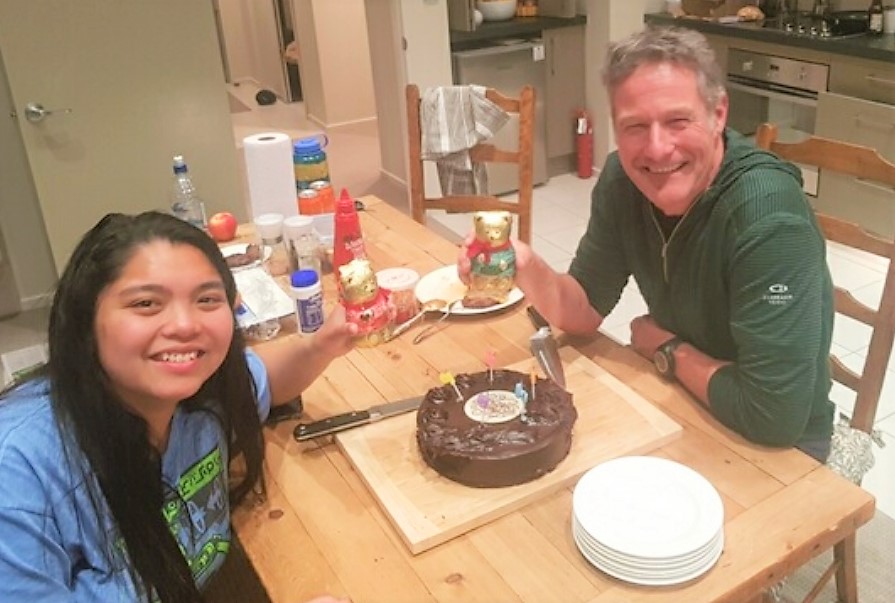
On Day 2, we travelled early in the morning to get to Lake Taylor Station, where the three Utes (one with trailer with Kotare and Kea (red boat) on top in tow) experienced a very rugged, off road track to get to Lake Mason. It was late in the afternoon by the time we finished our work there, but because of the team’s exceptional determination to core and sample another lake, we headed back to Lake Taylor and completed the job once more. We spent the night in Loch Katrine huts where everyone was able to rest, have a nice drink (or two) and delicious meal which everyone deserved after a long drive and sampling day.
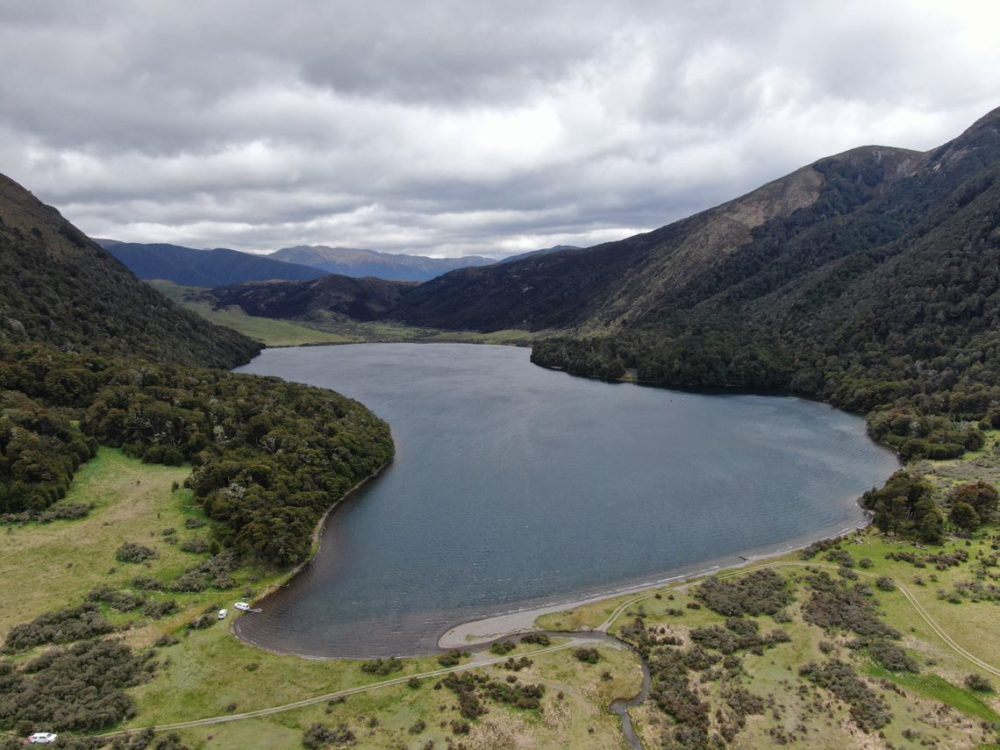
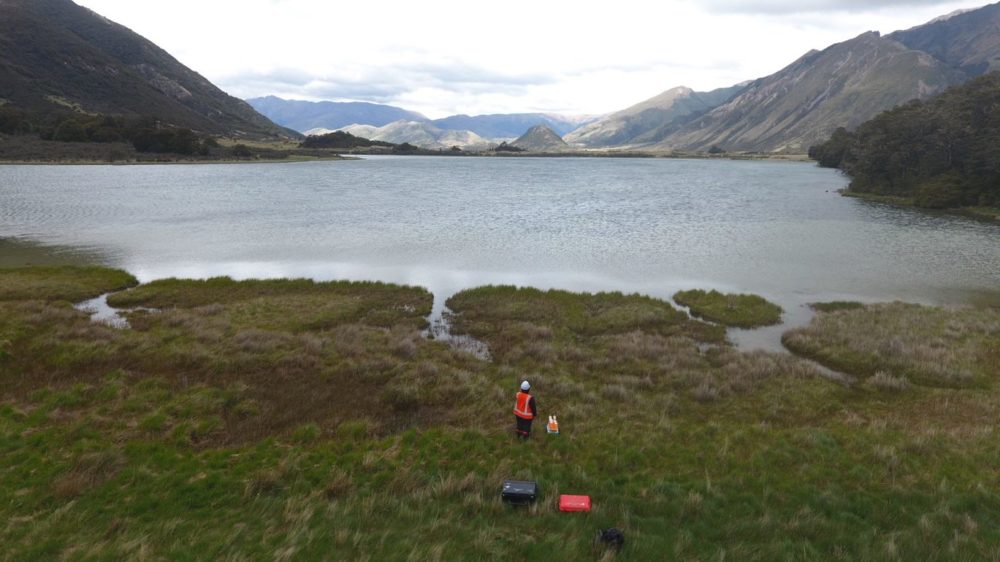
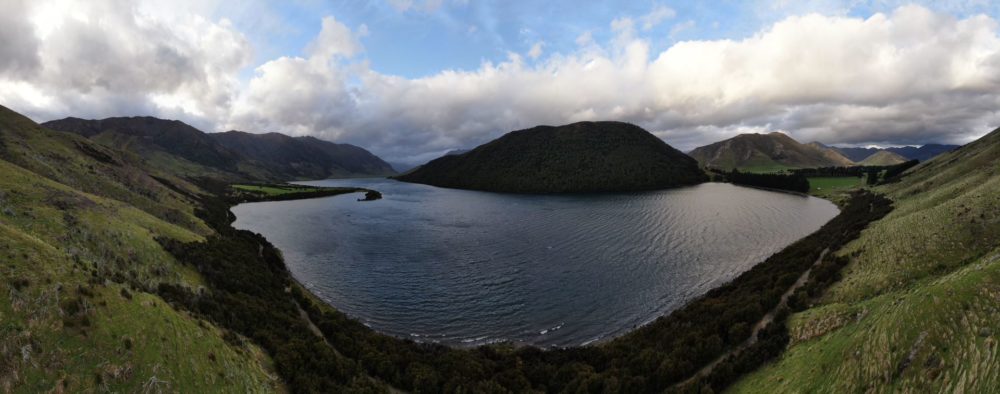
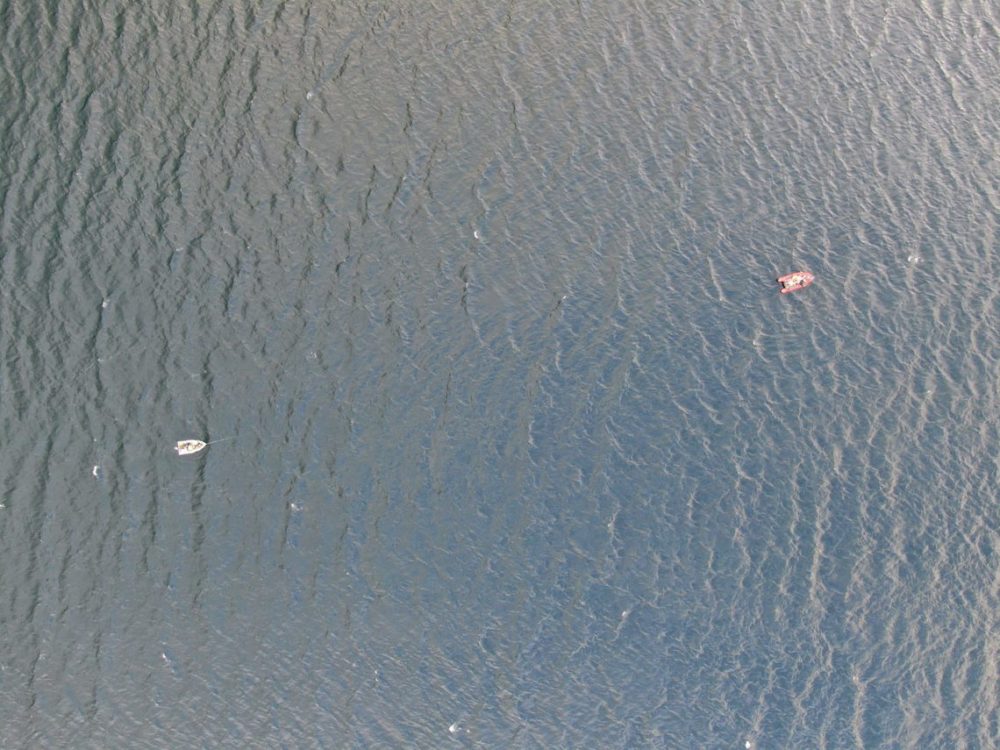
The next day, the first lake we cored and sampled was the shortest drive to a lake in the history of Lakes380– Loch Katrine. After sampling and cleaning field gear, we drove straight to Lake Sheppard with clear skies and slight wind. After sampling, the team had another long drive as we headed back to Hurunui at the end of the day.
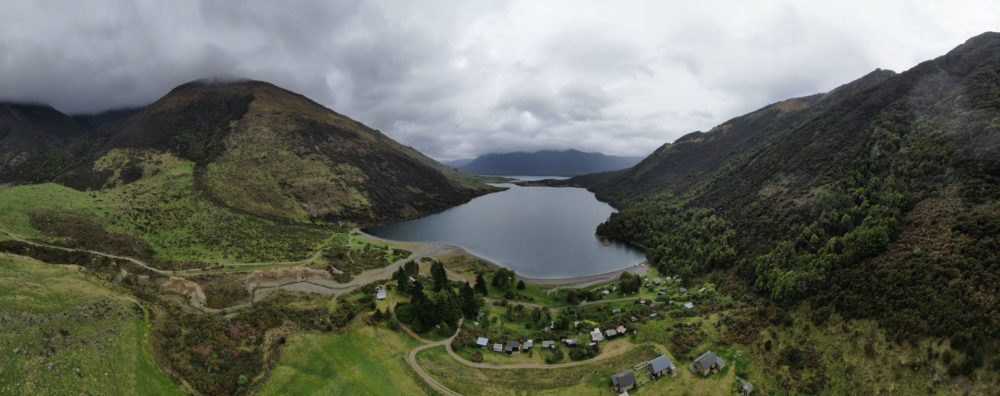
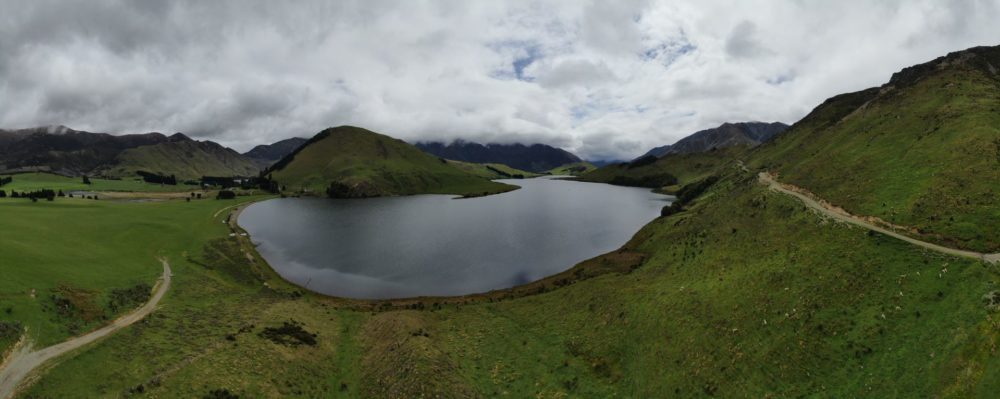
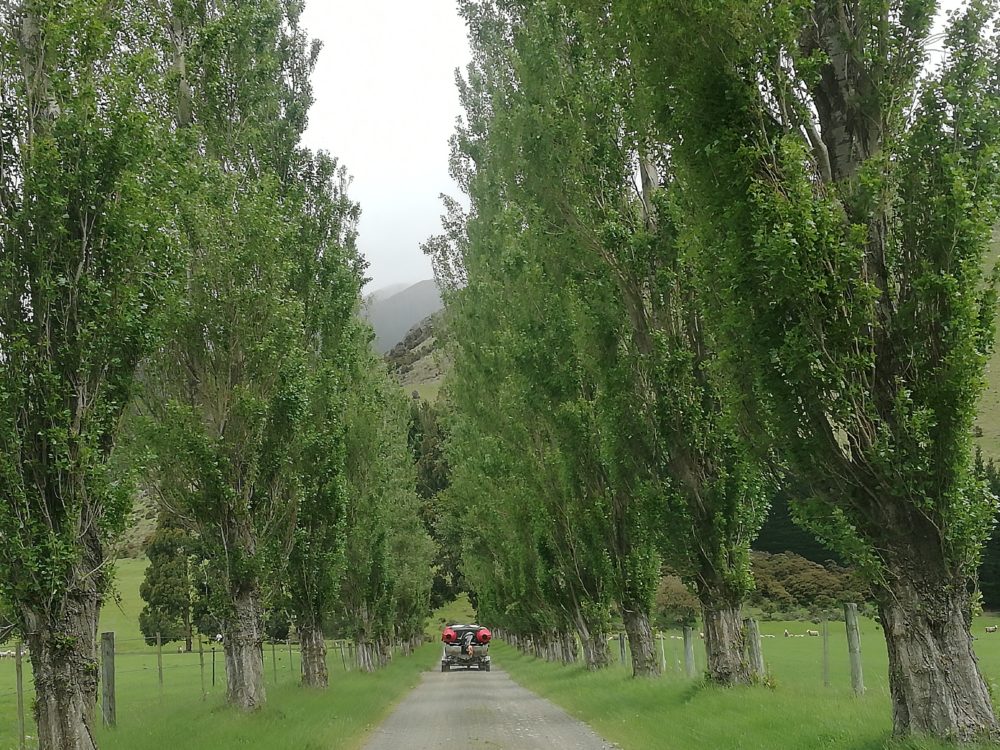
Day 4 was supposed to be the team’s core cutting and rest day but as we were not able to core and sample Lake Sumner together with Loch Katrine and Lake Sheppard, Marcus, Sean and Reece have decided to go and collect samples from this lake on their day-off for the team (remarkable indeed!). While the field team for the day are gone, Susie, Jamie and I powered through core cutting and did some courier and grocery shopping. We still had some time before the field team came back from Sumner, so Susie and Jamie went for a run and dip into the Hurunui River while I, on the other hand, wandered around the Hurunui River Retreat where we are staying and the farmers (Pip and Burton) showed me their rooster, chickens, donkeys and horses. To reward the team’s exceptional effort and work for the past few days, we had dinner at the Hurunui Historic Hotel (a must-see place when you visit this area).
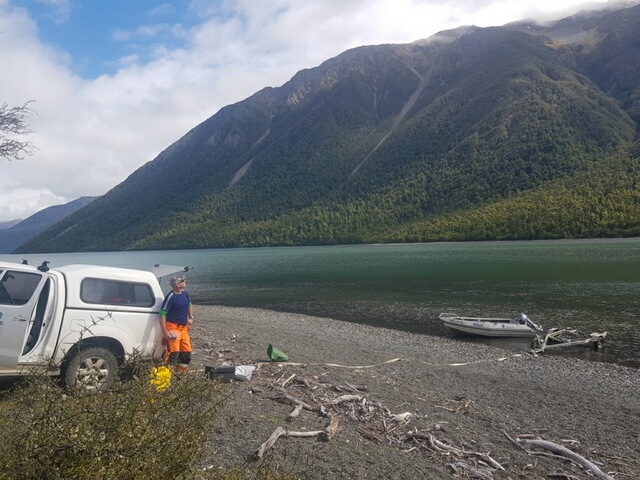
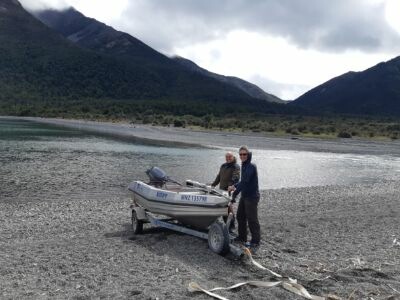
On Day 5, the team packed their bags and gear then headed to Blenheim. On our way there, we took a detour to sample Lake Rotorua on a very nice, sunny day. This was my first time in this fieldtrip to ride on the Kōtare with the one and only, Susie Wood. I helped Susie with surface sediment and water quality sampling. Susie also gave me insights about the cyanobacteria we found present on the lake – Microcystis that forms mega colonies on lakes. They can either be toxic or non-toxic depending, but this will only be identified once prepared for analysis in the lab. On the same day, David and Celeste spent their time to take surface water samples from Lake Elterwater.
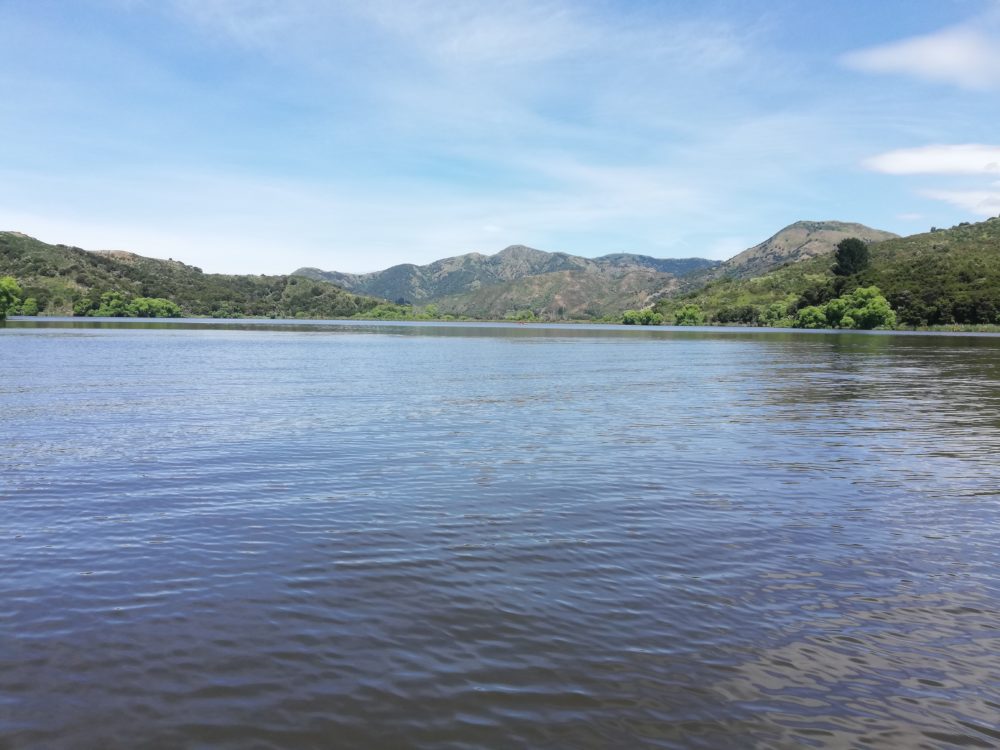
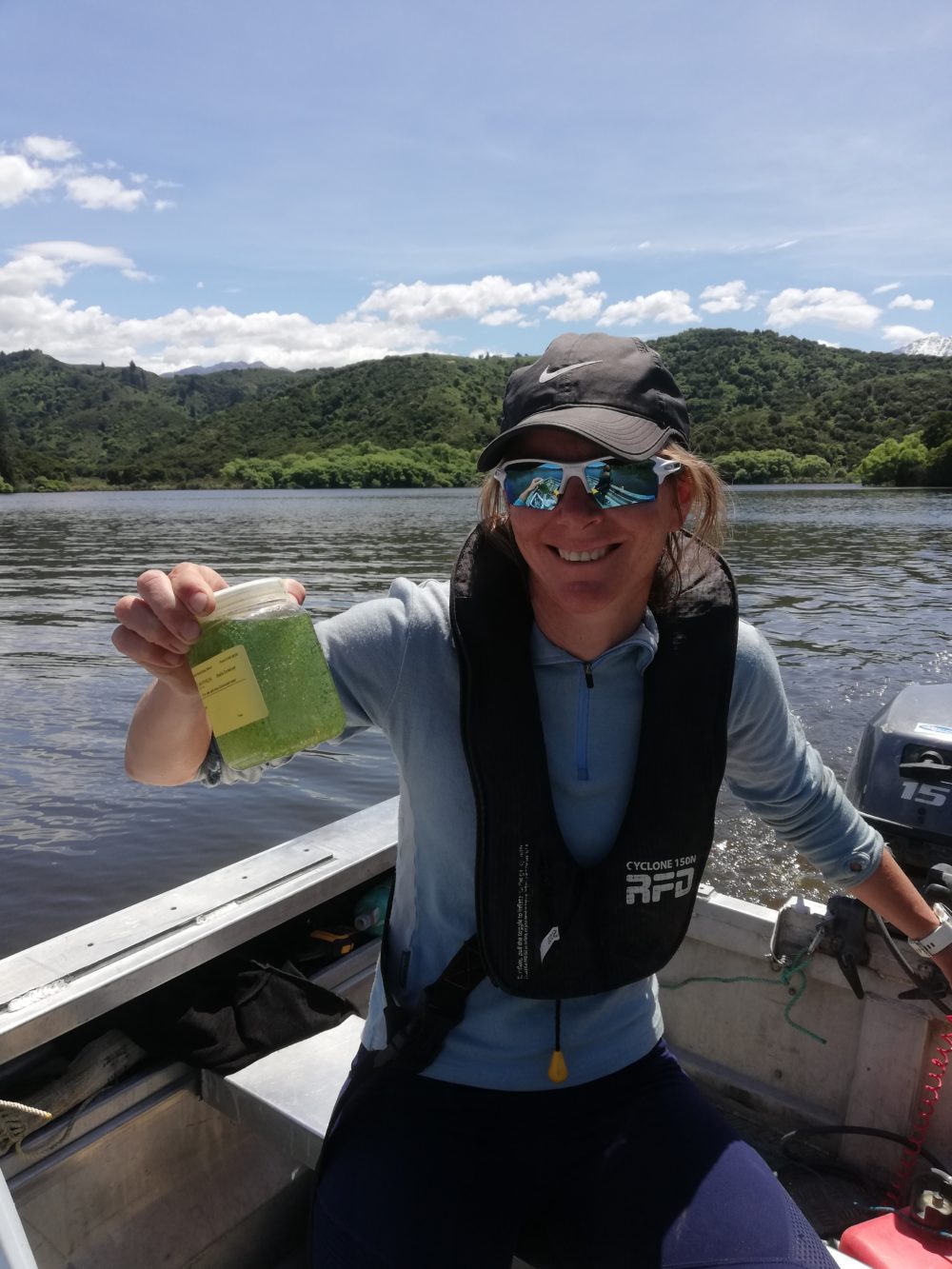
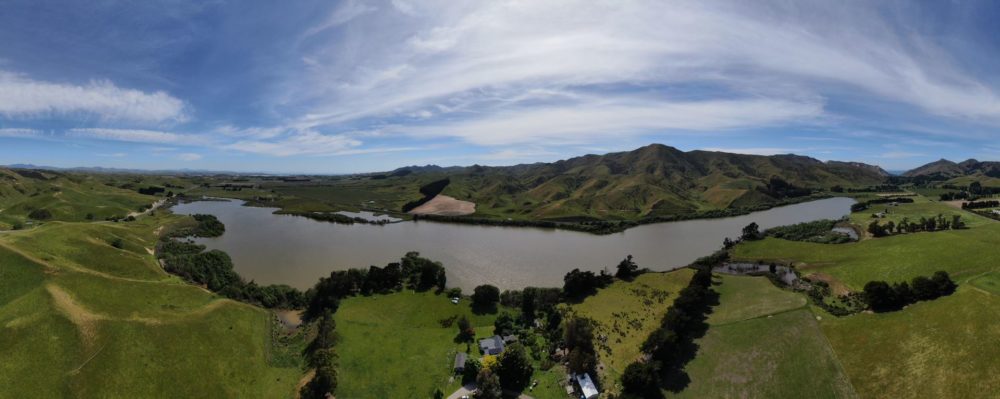
Waking up on a sunny, clear sky with slight breeze in Blenheim the next day, the team headed to a winery in Marlborough where the helicopter picked us up to head to Lake Chalice. It was a mission for the sampling team to collect the sediment cores from this site, but nevertheless, this lake is unforgettable as it is surrounded by beech forest and has a walking track that goes around it and therefore a must-see place if you ever stay in the huts around the area.
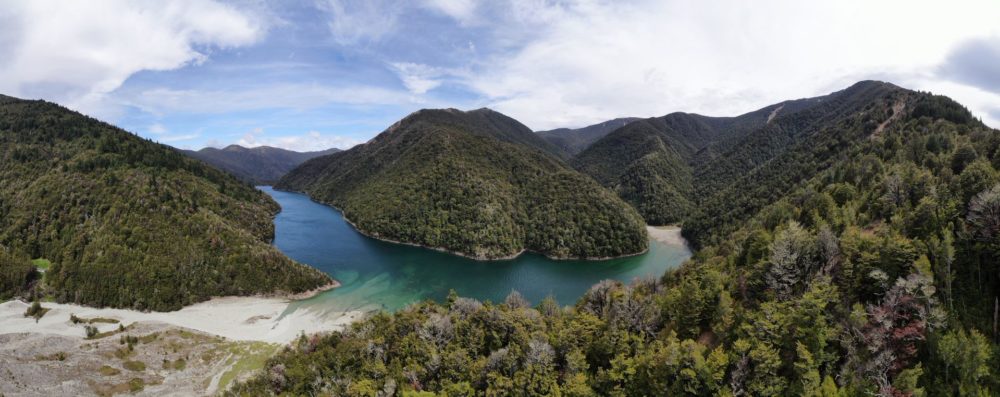
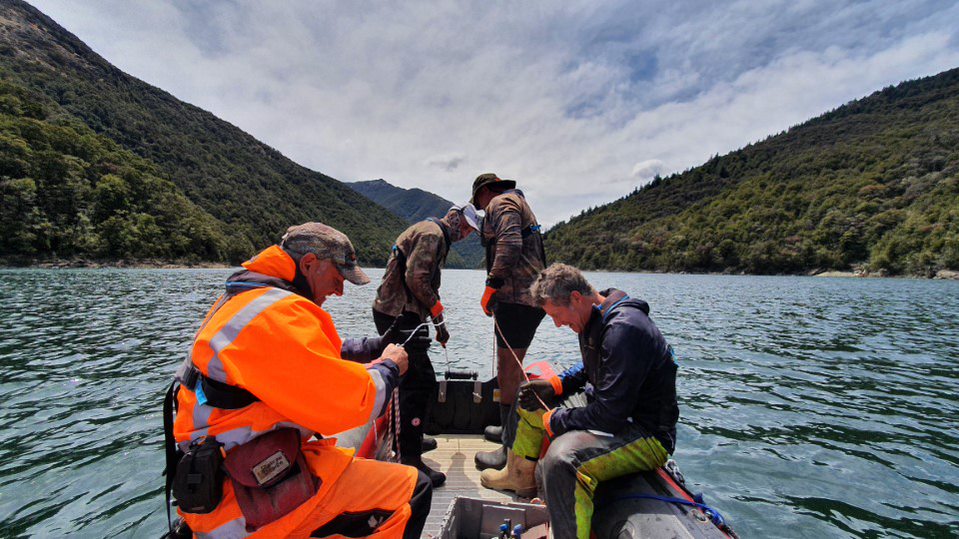
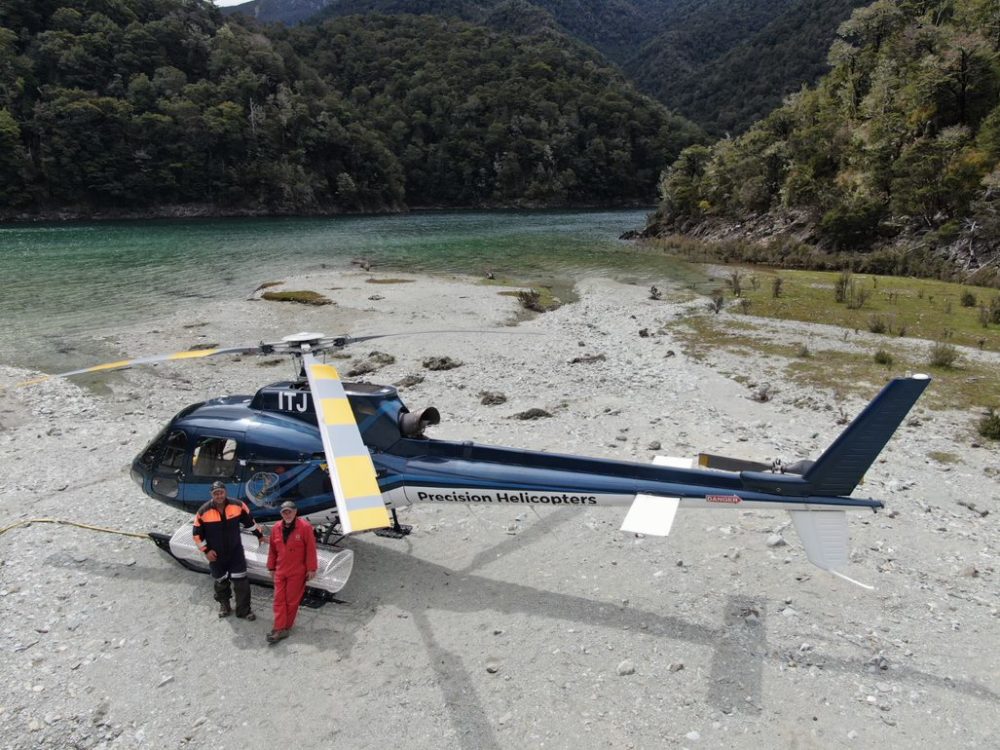
The last day of lake sampling in North Canterbury and the last lake for 2020 took place in Lake McRae. Another heli ride for the team and I can still remember the water being very cold. Even though we experienced sunshine, showers, light and strong winds while collecting cores, surface sediments and water samples from this lake, everyone had smiling faces throughout the day as we used the engine motor for Kea for the first time (no paddling required!).
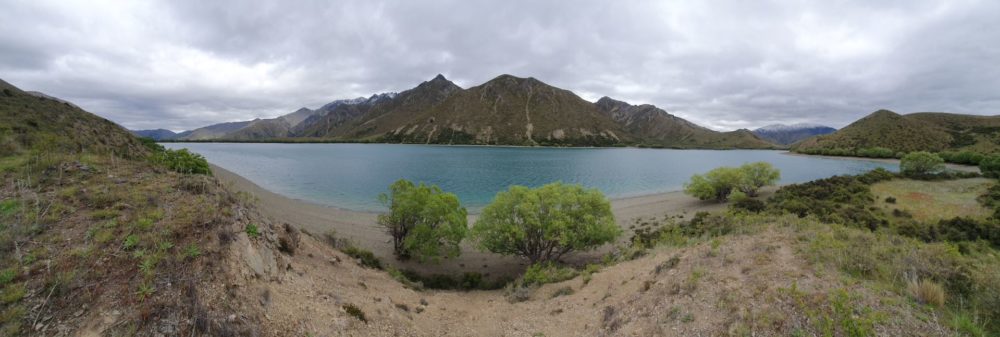
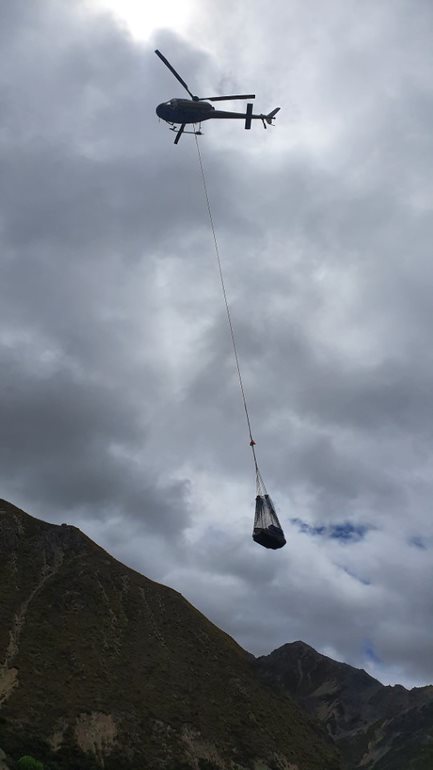
After long drives and long field days, our field campaign for this year, in this region has come to an end. Some days were more challenging than others, but we got the job done with flying colours. Never ending thank you for the field crew: Susie, Marcus, Jamie, Sean, Reece, David and Celeste for another memorable trip and everyone who’s involved in Lakes380. I truly treasure this project as it keeps giving me opportunities to experience the beauty of Aotearoa and the kindness of people in this country. I know that this project will deliver great outcomes for science and everyone in NZ in the coming years. Until next time =)
